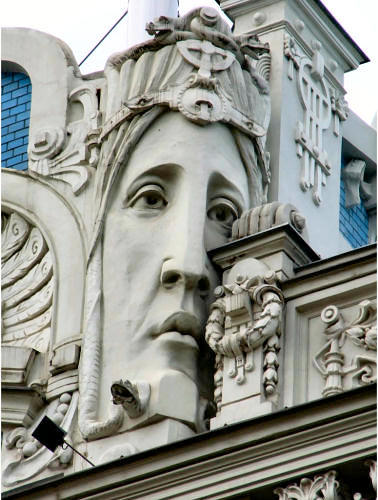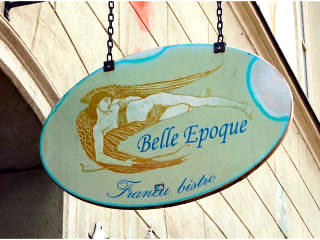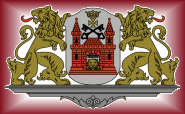The Belle Epoque in Europe
Latvia
Riga - Art Nouveau Metropolis
Population Explosion and Economic Boom

Since the beginning of the 18th century, Riga belonged to the Russian Tsarist empire. Being capital of the Governorate of Livonia, Riga was one of the most important Russian ports. Until the end of the 19th century, however, urban culture and large land holdings remained under the influence of the German upper-class. In 1867, Riga had about 100,000 inhabitants, of which more than 40 % were Baltic Germans, only a fourth of the population spoke Latvian and another fourth spoke Russian. Until 1913, the number of inhabitants had increased by nearly 400 % up to 470,000, while the proportion between the national groups had considerably changed. Whereas, in 1881, nearly 40 % of the people spoke German and their absolute number increased only by about 18 %, the number of Russian-speaking inhabitants increased by 200 % and of Latvian-speaking inhabitants even by about 300 % so that, in 1913, the Latvians formed 40 % of the population while the Russians were just 20 % and the Baltic Germans only 16 %. Still, German remained the official language of Riga until, in 1891, it was replaced by the Russian language. In the middle of the 19th century, the city's fortifications were demolished and the prohibition of stone buildings outside the inner city has been abolished. Thus, the explosion of the population could be taken into account by starting modern urban development in the suburbia. At the same time, the economic boom, like in so many other cities of Europe, brought forward the establishment of necessary infrastructural facilities and offered the opportunity to build splendid and expensive apartment buildings.
The Jugendstil of Riga
At that time, Jugendstil/Art Nouveau was the prevalent European style, and the civil works took place mainly on and around the grand boulevard circle having been created at the end of the 19th century, similarly to Vienna, on the border of the city's former fortification, the today's Centra rajons. Hence, Riga became a true mecca of Art Nouveau. One of the most important architects of Riga's Art Nouveau epoch is especially Mikhail Osipovich Eisenstein (1867-1921), a Baltic German Jew from St. Petersburg (and father of the film director Sergei Eisenstein), who built nearly the whole Alberta iela all by himself. Other important architects influencing considerably the image of the city of Riga were the Latvians Konstantīns Pēkšēns (1859-1928) and Eižens Laube (1880-1967). Most of the houses presented on these pages were built by those three architects. Moreover, there were countless other noteworthy architects who cannot all be named here, like e. g. the Baltic Germans Friedrich Scheffel (+1913) and Wilhelm Bockslaff (1858-1945) or the Jew Paul Mandelstam, born in 1872 and murdered by the Nazis in 1941. The most famous buildings, favored by the tourists, are those of Eisenstein and others decorated with exuberant ornamentation and numerous masks, animal sculptures and other embellishments. Me too, I like those houses very much; they can first and foremost be found around Alberta and Elizabetes iela. But just as much worth visiting, if not far more interesting, are for me those buildings where you find the specific and particular Art Nouveau shapes of pediments and gables, windows and doors, roofs etc, often with little or no decoration at all, thus expressing much more the actual character of the Art Nouveau. Such houses can be found in great quantities around Brīvības iela, from Valdemara iela in the north-west until Čaka iela in the south-east.
A surprise
In the old town Vecrīga, to be more precisely on the corner of Škūnu iela and Jaunavu iela, I found a bar with a sign that appeared largely familiar to me. I wonder where the owner had found this marvellous idea.

